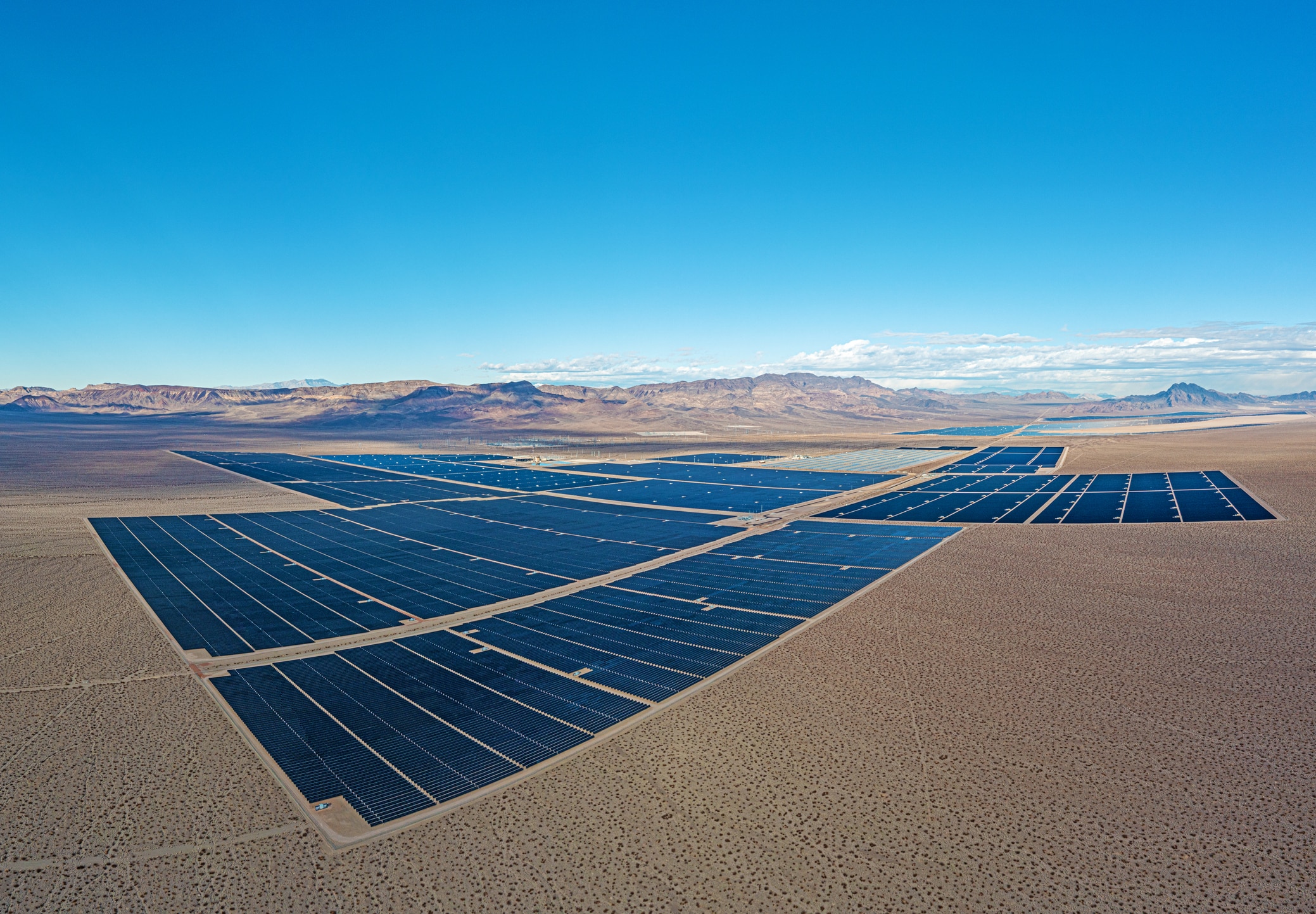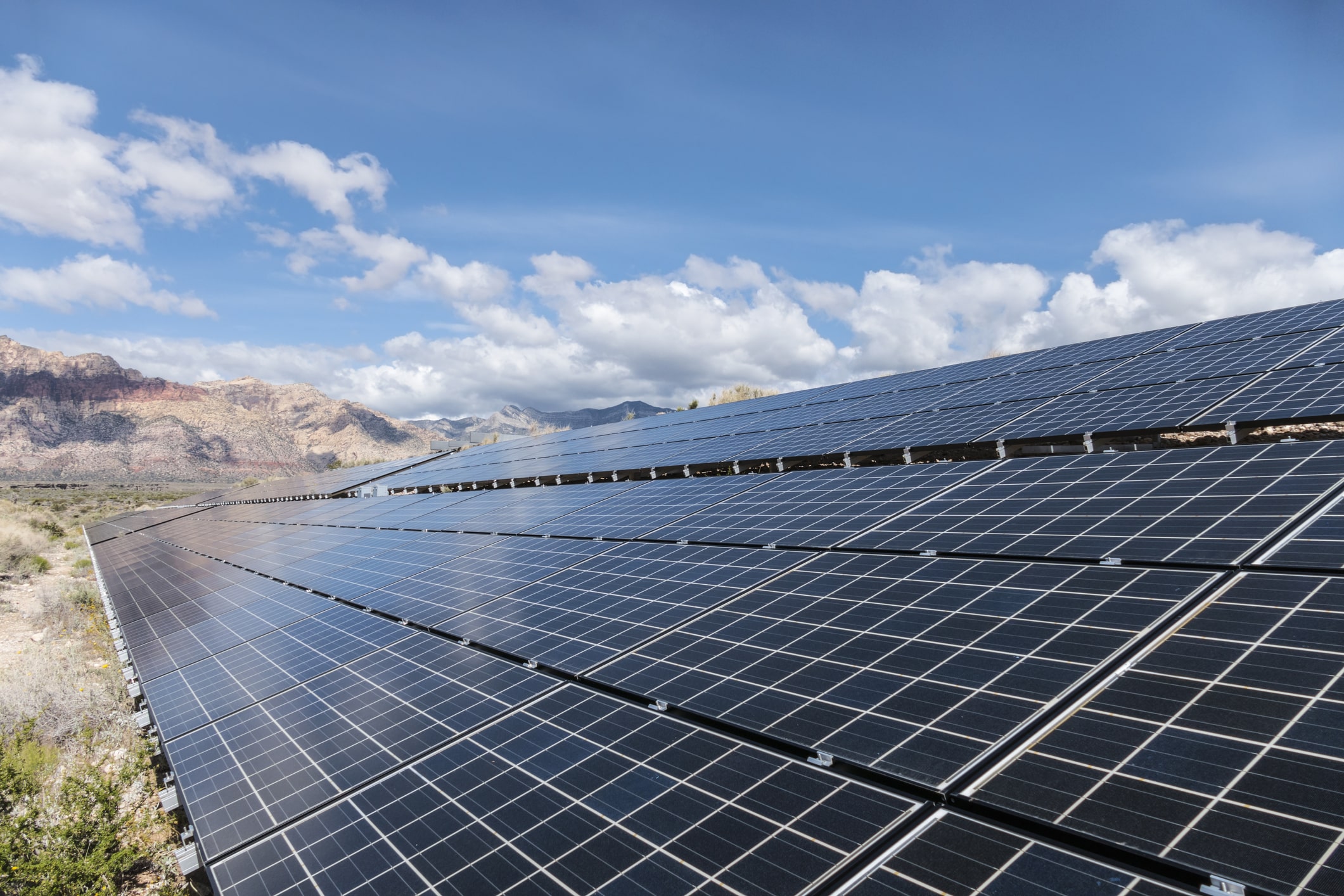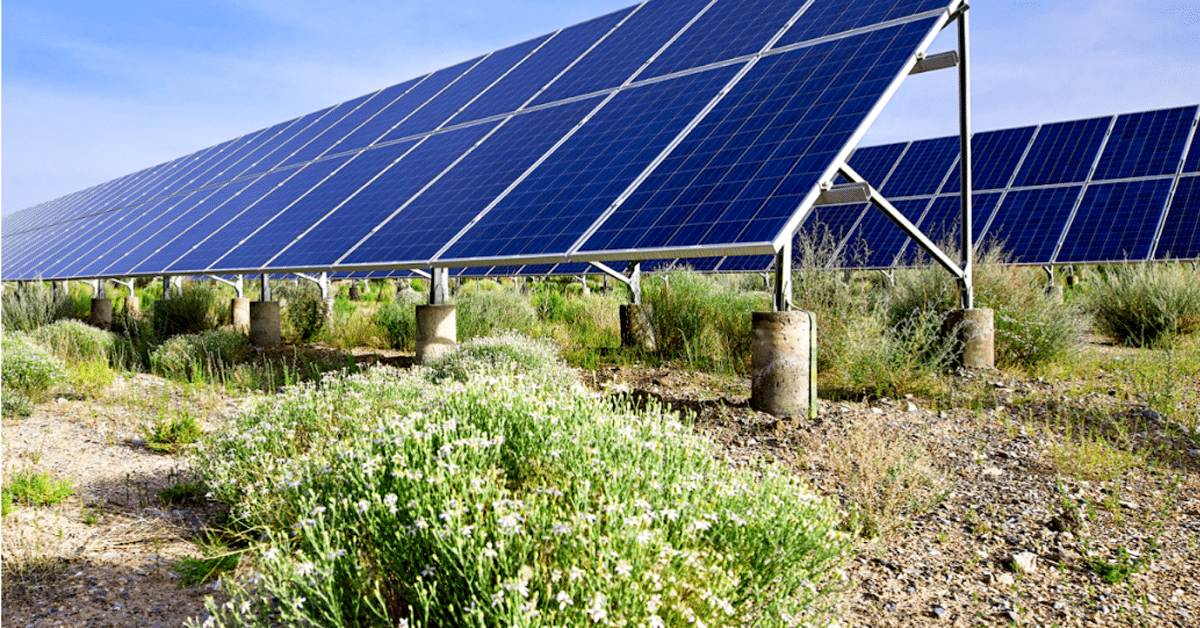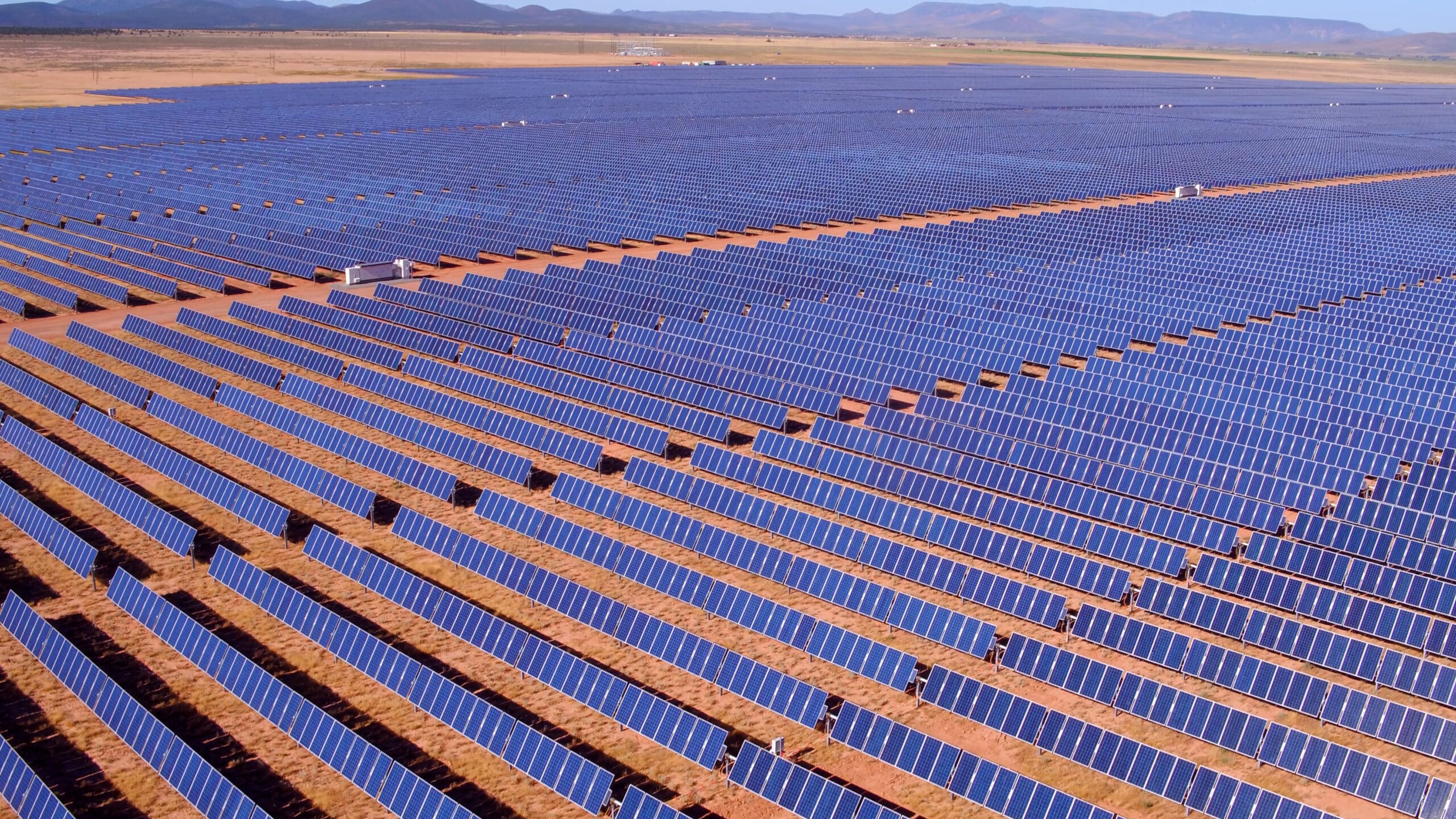POSTED
December 8, 2023
What is A utility-scale solar investment?
Are utility-scale solar investment opportunities mysterious to you? If you’re an accredited investor, you’ve likely heard of the growing popularity of investments in utility-scale solar. You’re aware of the global shift toward sustainable energy, and you know that helping reduce carbon emissions globally is powerful work that appeals to you. However, utility-scale solar investment also […]

Are utility-scale solar investment opportunities mysterious to you? If you’re an accredited investor, you’ve likely heard of the growing popularity of investments in utility-scale solar. You’re aware of the global shift toward sustainable energy, and you know that helping reduce carbon emissions globally is powerful work that appeals to you.
However, utility-scale solar investment also can seem vague and daunting to understand! What exactly is utility-scale solar? What are the benefits?
In this blog post, we are breaking down utility-scale solar so that you can more accurately understand and consider it as an investment for your funds and future.
Understanding Solar Renewable Energy
Solar energy is simply energy derived from the sun’s radiation. Solar panels absorb the sunlight and convert it into electricity that utility companies use to energize cities and the world. It does not invade the natural environment—it is a natural byproduct of the sunshine that already exists.

Environmental benefits of solar power
Solar energy is incredibly beneficial to the environment. It makes the world less dependent on fossil fuels (such as coal) and does not pollute the atmosphere. Solar energy protects humans, wildlife, and the ecosystems of our planet by mitigating climate change. It has also been proven to improve air quality and reduce water usage.
Common uses of solar energy
You are probably most familiar with seeing small solar panels sitting on the top of your neighbor’s roof or in a pasture you’ve driven by. Solar panels in these environments produce energy for individual households or small farms. When large solar farms are placed in in 500-5000 acre fields, solar panels can produce energy for entire cities and regions.
What Makes Solar Power “Utility-Scale”?
Solar energy becomes “utility-scale” when a solar farm is developed at a large scale and connected to the electrical grid to power whole communities and regions. Utility-scale solar farms are much larger, more productive, and more efficient than more familiar household solar systems.
What makes utility-scale solar different from other types of solar?
If you understand the larger scale of utility-scale solar farms, you can understand how these farms are different from other types of solar. Similar to other large infrastructure such as a highway or canal, utility-scale solar farms maximize the value for regions and the environment. They reduce carbon emissions, optimize energy production, and contribute to a more sustainable future—all at a larger scale.
Benefits of a Utility-Scale Solar Investment
Stable and viable
Investing in the powerful world of utility-scale solar can provide you with a substantial financial opportunity. Utility-scale solar farms will be producing energy for our world for the foreseeable future, and the long-term contracts and agreements that come with them make the investment value obvious. If you’re interested in a high gain opportunity, investing in utility-scale solar farms can do that for you.

High income potential
Through power purchase agreements (PPAs), utility-scale solar farms bring in predictable returns once constructed, unlike the more fluctuating solar stocks. Bacause of this future income potential, investor’s who originate these sites, such as Shasta Power’s ibvestment fund, investors can earn high returns in the mid-term.
What to Expect in a Utility-Scale Solar Investment
If you want to invest in utility-scale solar, you can expect a clear and straightforward investment process. Here is what the process looks like:
1. Create an account
2. Verify your accredited status
3. Sign the subscription agreement
4. Wire the funds to the SPF account
Reliable investment companies such as Shasta Power will provide you with detailed information so you can avoid being troubled by unknowns or vague information. We will give you all the information you need to know to feel secure and confident in your investment.
How Shasta Power promotes openness and transparency
How do we provide that security for you? As we manage your project, we will update you regularly with a bi-annual webinar. We also are upfront about the requirements to invest with us: you must be an accredited investor, have $1M in assets other than your primary residence, have an annual income of $200k individually or $300k with a spouse or partner in each of the prior two years, invest a minimum of $50,000, and be comfortable with a target investment period of five years.
Jason, one of our current investors, said, “In my 25 years of real estate experience, Shasta Power adds more value to its projects than any developer that I’ve ever seen!” We are confident that you will have that same experience.
Explore the Future with Shasta Power
If you’re ready to explore the investment opportunities with Shasta Power, we invite you to our webinar about 3 Reasons to Invest in Solar. We’ll cover understanding solar investments, shaping a sustainable future, and financial empowerment for you as an investor.
If you’re ready to begin, save your spot at the webinar and investigate the incredible chance to impact your finances and the environment’s future.





